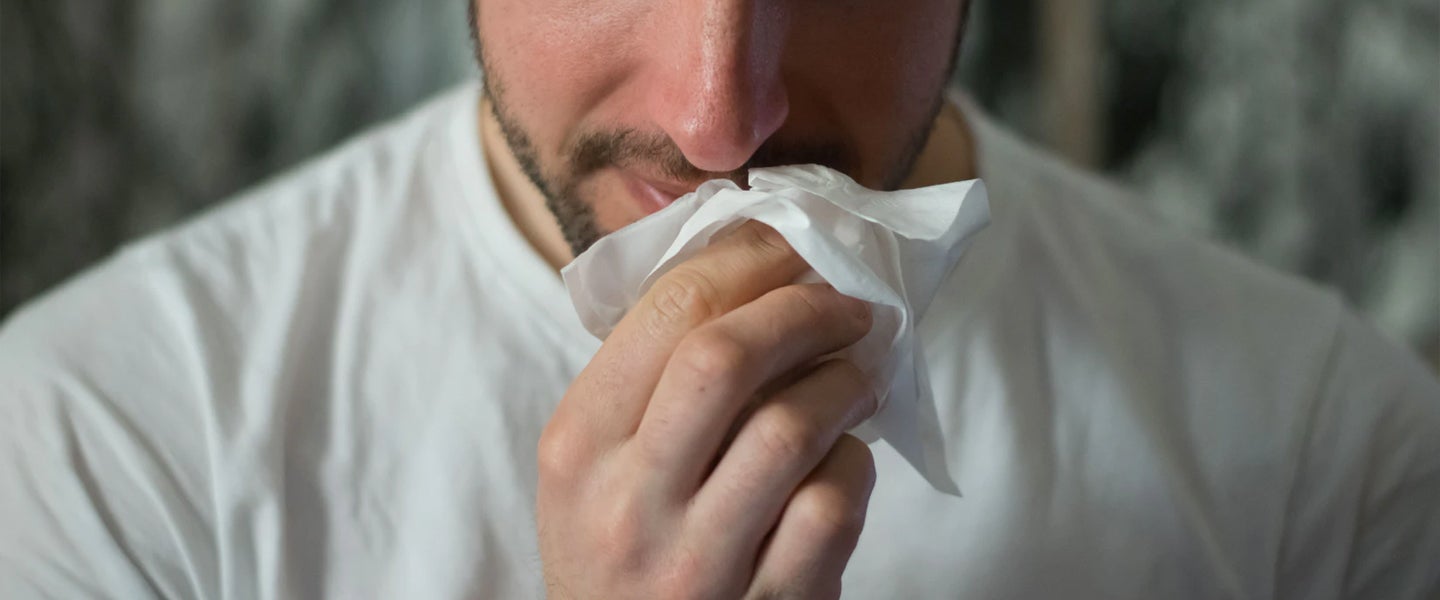A dry piece of paper isn’t the best material for cleaning most things: Whether you’re cleaning a spaghetti sauce spill or cleaning your butt, it’s always better to add water. So why, then, do we use a flimsy, scratchy tissue to clear the snot from our noses? Is there even a better option?
You could, in some ways, interpret a Neti pot or other nasal rinse systems as a type of nasal bidet. Both toilet paper and tissues are out-of-stock everywhere, so for cleaning up on both ends, a rinse might be in order. That said, the nose is more like a vagina than a butt — it does a decent job of cleaning itself, for example — and like vaginas, some noses are more prone to problems than others.
Before we get ahead of ourselves, though, let’s take a closer look inside your nostrils. Your nose is lined with hair and hair-like things called cilia. These help trap dirt and whatever other nasties you inhale, including bacteria. Your nose is also lined with mucus membranes that produce liquid, which allows these nasties to be removed from your airways, transported down to your stomach acid and destroyed.
Salt-based/saline rinses aid your nostrils’ removal process when your cilia and mucus membranes aren’t doing a good job on their own — say, when you’re sick or have allergies, meaning your mucus membranes are swollen and producing a thicker-than-usual mucus (that’s the part that makes you feel so gunked up). Rinsing with saline helps loosen and thin said mucus so it can pass through your nose more easily. The salt also helps kill off some bacteria.
Be sure, though, to use distilled or boiled water, as tap water can contain bacteria that, when passed through your nasal membranes, can result in a flesh-eating disease — that’s one of those “not-so-good” side effects.
Further, just because you might be prepping yourself for coronavirus doesn’t mean you should preemptively be doing nasal rinses. Studies have found them effective for people currently experiencing congestion symptoms, but studies for those with healthy noses have been either inconclusive, or found that these rinses can be detrimental to the membrane’s ability to produce mucus. You probably wouldn’t blow your nose if you weren’t sick, so treat sinus rinses the same way.
If you are sick, tissues should also still part of your game –– you should only rinse your nose one to three times a day. The best thing about tissues is that, like toilet paper, it’s a one-time use, throw-away type of product (though you might have a tough time finding it in stores right now). This is important, because your snot and nasal mucus contains bacteria that can be transmitted to others. By coughing, sneezing or blowing your nose into a tissue, we’re helping ensure that fluid doesn’t go elsewhere. Blowing your nose too much can potentially cause tissue burn (basically just irritation on your nostrils), but this can be remedied by putting vaseline or aloe vera gel on your nose.
It’s worth noting that a runny nose isn’t a common symptom of COVID-19, so the good news is that, while you might be miserable with clogged nostrils, it’s probably just a cold. So pour some salt water down your nose and pretend you’re at the beach instead of in quarantine.

